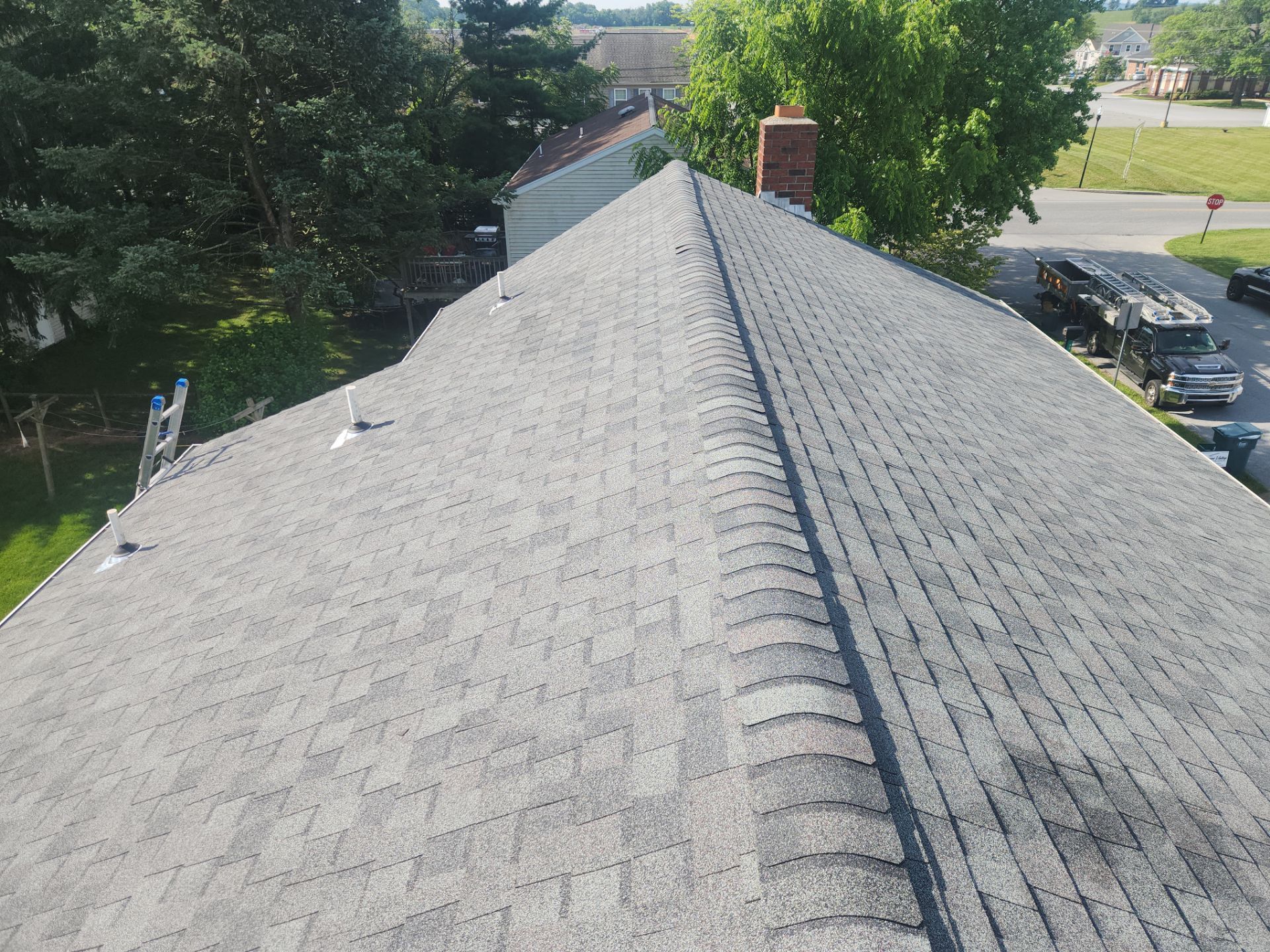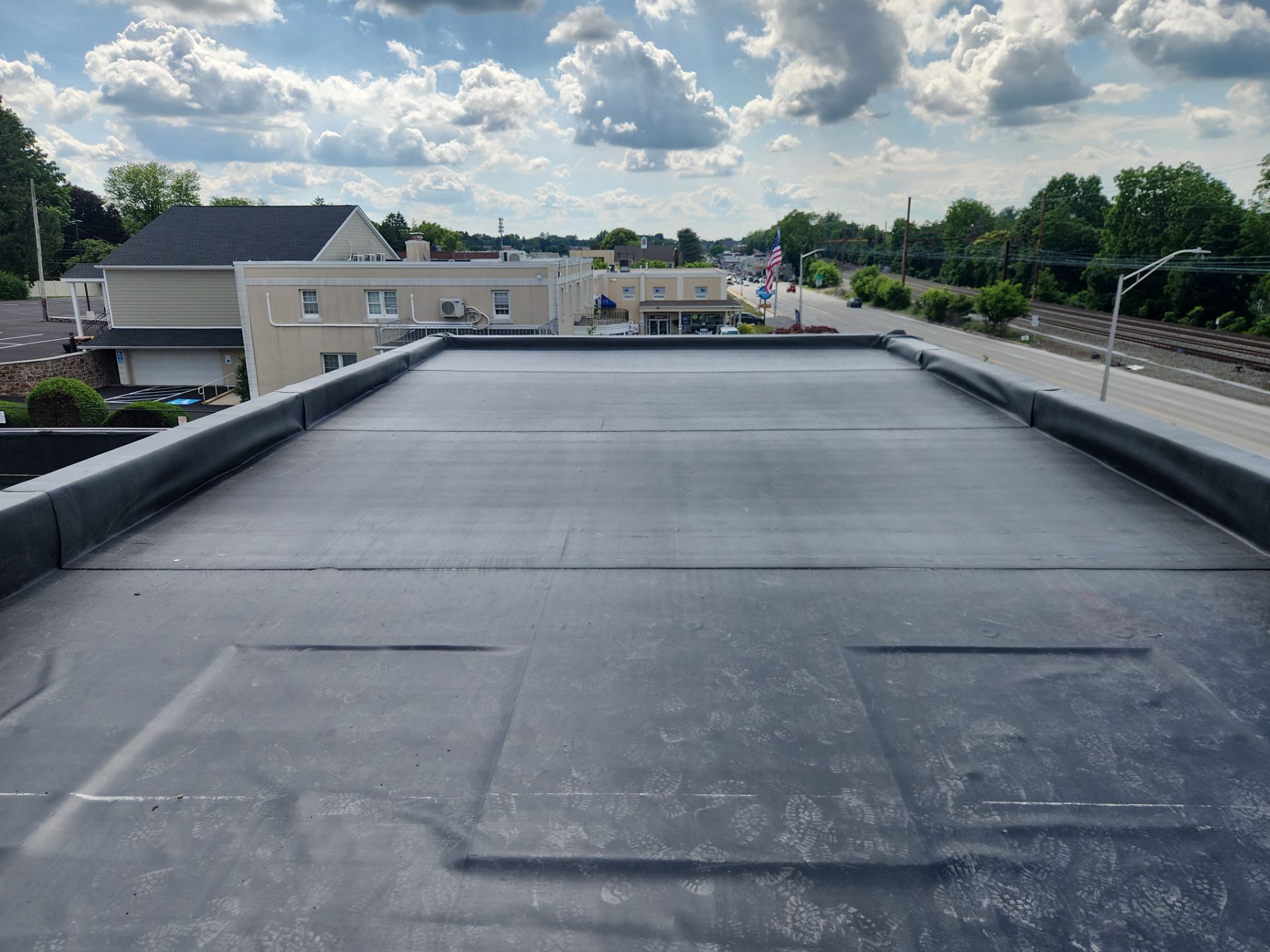Your roof works hard to protect your home from rain, wind, snow, and sun—but even the best materials have a lifespan. At PV Exteriors, we believe homeowners deserve to understand what’s happening up there over time.
Whether you just got a new roof or you’re wondering if it’s time to replace an old one, this guide breaks down the typical shingle lifespan, what to expect at each stage, and the risks to watch for along the way.
⏳ 0–5 Years: Like-New Condition
✅ Strong Protection
✅ Minimal Wear
✅ No Visible Damage
During the first few years, your shingles are performing at their best. They’re tightly sealed, flexible, and ready to take on the elements. This is the ideal time to establish a maintenance routine to keep them in top shape.
⏳ 5–15 Years: Early Signs of Aging
🔹 Granule Wear Begins
🔹 Brittle Edges Form
🔹 Minor Curling May Appear
As your shingles age, they slowly start to lose some of their protective granules. This can lead to slight brittleness and curling at the edges—often subtle, but worth keeping an eye on with a regular inspection.
⏳ 15–25 Years: Vulnerable to Damage
⚠️ Significant Granule Loss
⚠️ Cracks or Broken Shingles
⚠️ Leaks May Appear
Midway through their lifespan, shingles become more fragile and susceptible to environmental damage. UV rays, wind, and water can create vulnerabilities that lead to minor leaks or roof rot if left unchecked.
⏳ 25–30+ Years: End of Life
🔻 Cracked, Curled, or Missing Shingles
🔻 High Risk of Leaks and Water Intrusion
🔻 Replacement Needed Soon
At this point, your roof is no longer offering reliable protection. Even if you don’t see a leak yet, it’s likely on the way. Aging shingles are brittle and ineffective against storms. A full replacement becomes not just recommended—but necessary.
🚨 Risks to Watch Out For
No matter your roof’s age, spotting problems early can save you thousands in repairs. Be on the lookout for these warning signs:
🔧 Roof Leaks
Water spots on ceilings or in the attic are often the first sign of a failing roof. Don’t ignore even a small stain—it usually points to a much bigger issue.
🌀 Wind Damage
High winds can lift or tear off aging shingles, especially those already curling or cracked. Missing shingles leave your underlayment and decking exposed.
🧊 Ice Dams & Water Backups
In colder climates, poor ventilation and older shingles increase the risk of ice dams, which trap water on your roof and can force it beneath the shingles.
🌱 Moss & Algae Growth
Shingles that retain moisture—often due to granule loss or poor drainage—are breeding grounds for moss, algae, and even mold. These can cause additional damage and reduce the effectiveness of the roof.
🌞 UV Degradation
Over time, sunlight breaks down asphalt shingles. You might notice fading, brittleness, or granule loss—all signs your roof is nearing the end of its lifespan.
How to Extend the Life of Your Roof
🛠️ Schedule regular roof inspections (at least once a year)
🧹 Keep your roof and gutters clear of leaves and debris
🌬️ Ensure your attic has proper ventilation
🔨 Fix minor issues before they become major problems
🏠 Work with a trusted roofing company like PV Exteriors!
Trust PV Exteriors to Keep Your Roof Strong
Your roof protects everything underneath it—your family, your belongings, your investment. If you’re unsure about your roof’s condition or worried about aging shingles, we’re here to help.
📞 Call PV Exteriors today for a free inspection or roof consultation.
We’ll give you honest answers, expert workmanship, and peace of mind.



